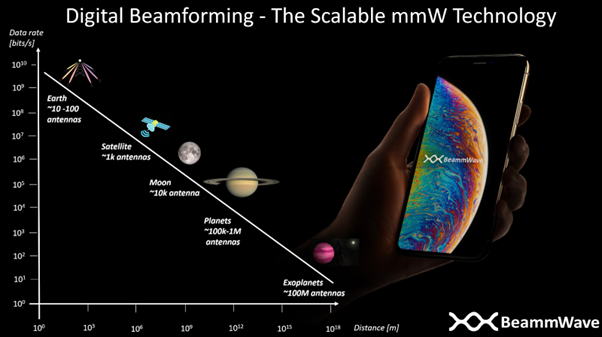Category: Design
-

Episode 3, Stefan and Bengt discuss why beamforming won’t stay analog for ever
Everything goes digital, why would beamforming be the only technology that does not?
-

Episode 2, Stefan and Bengt discuss mmWave and beamforming
What is mmWave and how do you do beamforming?
-

Digital BF the scalable Antenna Technology!
Traditionally when designing analog or hybrid beamforming solutions for mmWave the design has been targeting a single application. A certain antenna panel/array has been designed for a certain purpose, such as a handheld device, and if another mmWave transceiver architecture is needed for another application that needs more antennae, such as a fixed wireless access…
-

Digital Beamforming, the power efficient solution for mobile devices!
We have in our previous posts shown the advantages with digital beamforming over analog beamforming from a performance point of view. Then one may ask; why hasn’t digital beamforming in mobile devices happened yet? Well, if you ask people in the field, they will say that a digital approach has way to high power consumption…
-

mmWave Radio design for mobile devices
Chips today for consumer electronics are practically all done using a technology known as CMOS (Complementary Metal Oxide Semiconductor, silica-based). However, for the high frequency parts in a radio transceiver which are present in all communication devices, another technology based on gallium compounds has been considered better suited in terms of high frequency performance. However,…
-

In how many ways can you hold a smartphone?
Did you know that people typically check their smartphones over 250 times per day? 80% check their phone when they wake up, 70% use their phone when in the restrooms and 40% look at their phone when driving despite it being illegal in most countries. From such data one can understand that with more than…